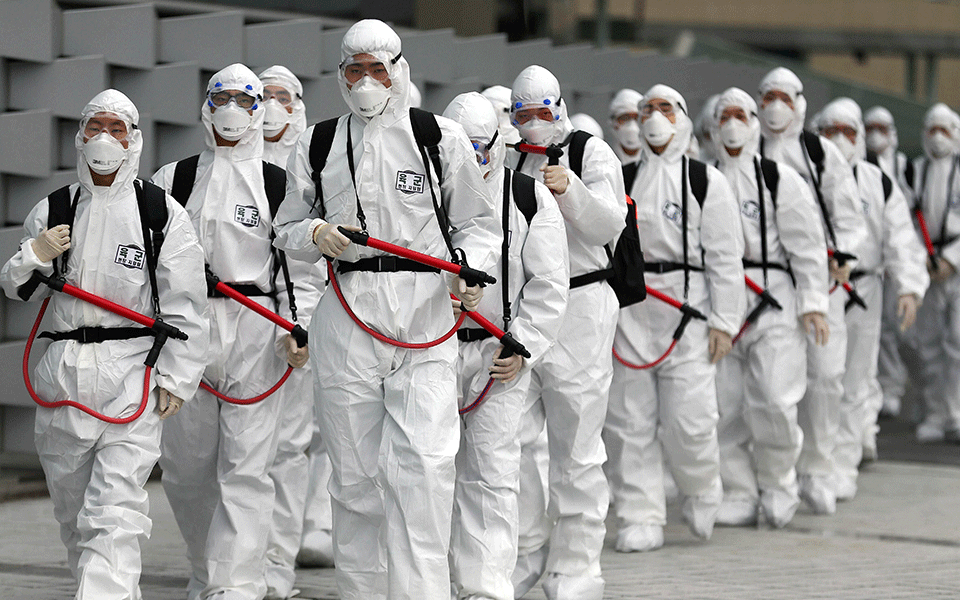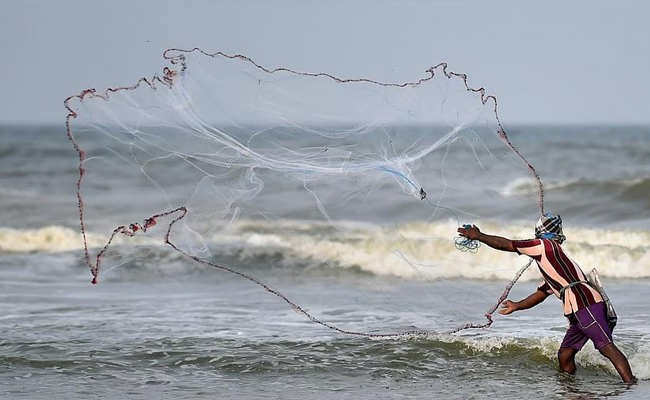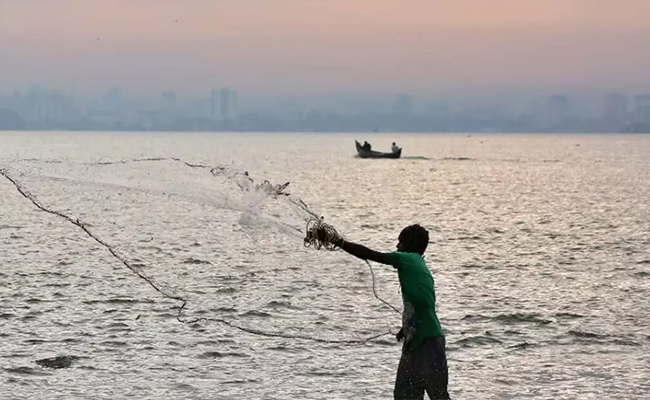New Delhi: All national camps, except for those where athletes are preparing for Tokyo Olympics, were on Tuesday postponed until further order in view of the COVID-19 pandemic with the Sports Authority of India (SAI) making arrangements for the return of the trainees to their homes.
Sports Minister Kiren Rijiju said the academic training at the National Centre of Excellence and Sports Auhtority of India Centres will also be suspended. The Olympics are scheduled for July-August this year.
"Due to Covid-19, SAI has decided that: All National camps shall be postponed except for those where athletes are being trained as part of Olympics #Tokyo2020 preparation," Rijiju tweeted.
"Academic training in National Centre of Excellence & STCs shall be suspended till further order," he added.
Rijiju said the move is temporary and precautionary and training will resume if the situation caused by the pandemic improves.
"This is just a temporary and precautionary step for the safety of our sportspersons. I appeal all our young athletes not to be disheartened. We will resume the academic trainings soon after assessing the situation."
Later SAI stated that no tournament, sports function, seminar and workshop will be held till clearance is obtained and restrictions are withdrawn by the central or state authorities.
Hostel facilities of the trainees, however, might be kept open till March 20 to avoid inconvenience to athletes.
"Athletes who have an exam to take in the next few days will be allowed to stay at the center and take the exam. However, it is being ensured that all health procedures are followed and the highest level of hygiene is maintained so that athletes staying back do not catch an infection," the SAI said.
"All other trainees are being sent back home after intimation to parents and while following travel precautions. Those who have their home town within 400 kilometers of the centre will be provided AC-3 tier train ticket. Those whose hometowns are beyond 400 kilometers will be provided with an air ticket."
In India, the shooting World Cup and Indian Open Golf has been postponed so far, while badminton's India Open was also deferred after the Badminton World Federation (BWF) suspended all World Tour and sanctioned events.
A few days back, the government had issued two advisories regarding training and competition of athletes.
The ministry had told those, who were training and taking part in the events abroad especially for Tokyo Olympics qualifiers, to continue their competitions.
Rijiju had also clarified that there was no ban on national events with the advice that they be held without spectators.
The Athletics Federation of India is going ahead with the Indian Grand Prix series, from which athletes can qualify for the Olympics, starting March 20 without spectators.
Earlier, the SAI Centre in Bengaluru was shut down but those training inside were allowed to stay there and continue training.
National sports bodies such as the BCCI, the Boxing Federation of India and the All India Football Federation have decided to work from home.
More than 100 people have so far tested positive in India apart from three deaths. The disease has led to either cancellation or postponement of all sports events the world over in an Olympic year.
More than 7,000 people have been killed globally by the deadly virus, which was first detected in the Chinese city of Wuhan. The number of infected has swelled to more than 175,000.
Let the Truth be known. If you read VB and like VB, please be a VB Supporter and Help us deliver the Truth to one and all.
Bengaluru: Artificial Intelligence is slowly changing the way music and creativity are produced in the Kannada film industry, raising concerns among musicians, singers and technicians, The New Indian Express reported on Sunday.
Music composer, actor and director V Manohar reportedly said, AI is being used to write lyrics, especially in low-budget movies. Once lyrics are generated, AI can suggest thousands of tunes. It even asks whether the voice should be male or female. With one click, a complete song is ready.
“If this continues, singers and musicians will have less or no work in the coming days. But it may not succeed either. A few years ago, dubbing was allowed and people could watch movies in any language they preferred. But not many took to it as they wanted to watch a movie in the original,” TNIE quoted him as saying.
According to the report, Filmmaker Avinash U Shetty, a National Award winner, said resistance to new technology is not new. Those who resisted shifting from analogue to digital films years ago have now embraced it. The industry is now using only 10% of the AI potential. If it is scaled up, it can do unimaginable things. What we consider bad now, may not be after five years.
Highlighting the cost advantage, Sangamesh, an independent creator reportedly said, he made a three-minute video using AI for just Rs 4,500. Earlier, the same work would have cost nearly Rs 15 lakh. I finished the entire project in three days. The only expense was the AI software subscription, he said.
These days, it has become difficult to differentiate between the real and AI. AI is creating artistes. Scenes like war, big fights and dance can be shot with a lesser number of artistes. Then with the aid of visual effects and AI, you can achieve what you have in mind, he said.
Actor-director D P Raghuram felt that while AI has made an impact on music, it lacks emotional depth. Cinema earlier involved hard work and strong emotional connections. AI can help improve our work, but creativity should remain human, he reportedly said.
As per the report, earlier, Kannada cinema employed hundreds of junior artistes, who not only earned wages but also shared meals on sets and formed lasting bonds with stars like Dr Rajkumar, Vishnuvardhan and Ambareesh. Today, filmmakers fear that increasing dependence on AI could reduce such human connections, turning creativity into just another automated process.





